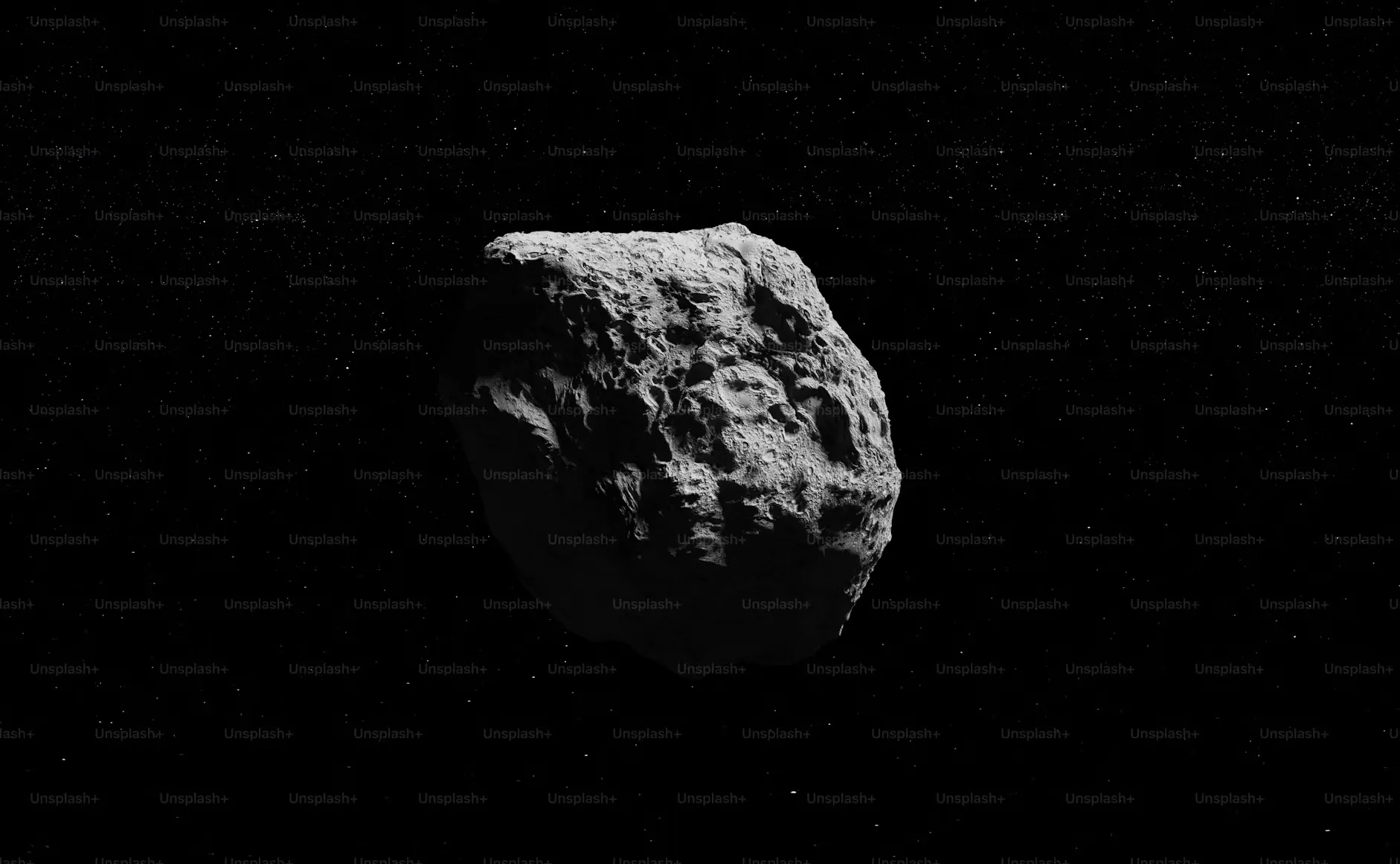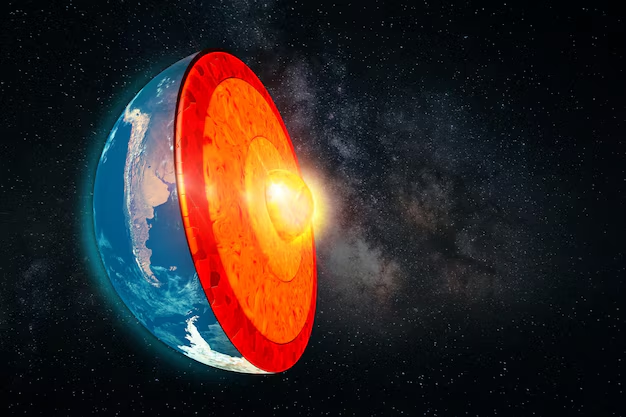Asteroid Dinkinesh, the first cosmic site of NASA’s Lucy spacecraft, has once again amazed scientists with unexpected findings.
Asteroid Dinkinesh’s Surprising Revelation
Initially, it was believed that Dinkinesh, often referred to as “Dinky,” was a binary unit composed of two moons, with the smaller one named Selam by NASA’s Lucy mission team. However, recent analyses by the Lucy mission experts reveal that Selam is not a single moon but a pair of closely connected space rocks, making it the first contact-binary-asteroid-moon situation.
Published Findings in Nature
The latest analysis of Lucy’s observations of Dinkinesh and Selam was published in Nature on Wednesday.
Asteroid Dinky’s Binary Selam is Itself Binary!
Selam, the binary companion of Dinkinesh, consists of two lobes of similar size—one approximately 230 yards (210 meters) across and the other 250 yards (230 meters) across. These lobes are tidally locked to Dinkinesh, meaning one lobe always remains closest to the larger asteroid.
Complexity of Small Celestial Bodies
“There’s a lot more complexity in these small bodies than we originally thought,” says University of Maryland astrogeologist Jessica Sunshine. Additional observations from the spacecraft allowed for better analysis of features such as Dinkinesh’s rotation speed and Selam’s orbit pattern.
Structural Features and Formation Theories
According to Hal Levison, principal investigator of the mission from the Southwest Research Institute in Boulder, Colorado, Dinkinesh has a strange longitudinal trough and an equatorial ridge, believed to result from a massive structural calamity. The centrifugal force caused some material to lift off Dinkinesh’s surface, forming a ring of debris around its equator. This material either fell back, creating the equatorial ridge, or formed two satellites.
Intriguing Formation Process
Levison is intrigued by the similarity in size of the two lobes of Selam, suggesting potential insights into their formation process. The lobes must have moved closer at low velocity, eventually held together by gravity. A higher relative velocity would have caused the lobes to either merge into a single lobe or smash apart.
For further insights and comprehensive content, please visit our homepage


